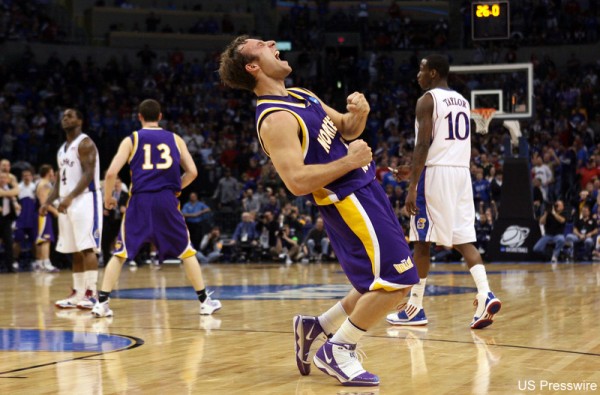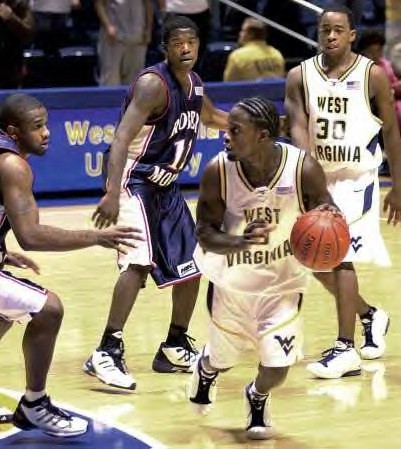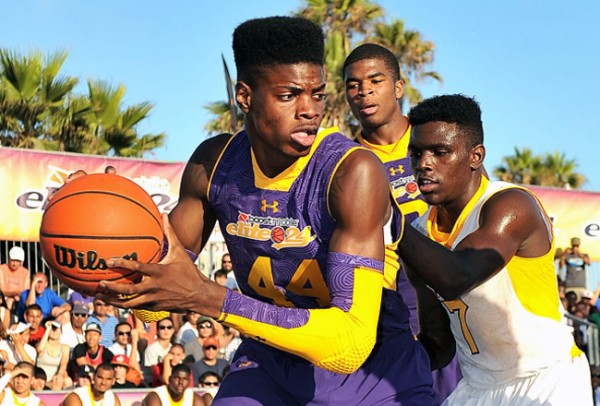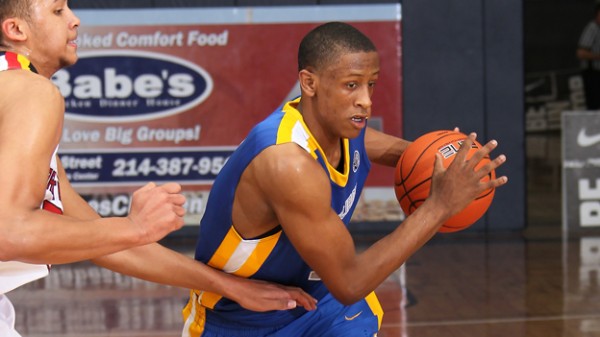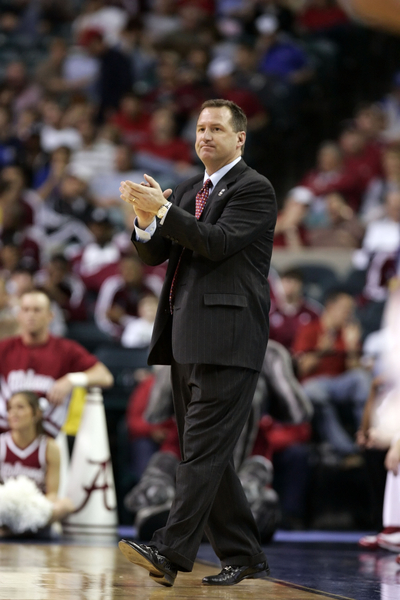Rejoice: The NCAA Tournament As We Know It Is Unlikely to Change
Posted by Chris Johnson on July 30th, 2013Chris Johnson is an RTC Columnist. He can be reached @ChrisDJohnsonn.
Nothing means more to college basketball fans than the NCAA Tournament. It is hallowed territory. The one three-week period of the year where college basketball dominates the national sports conversation. The best postseason of any sport in any country on any planet in any universe. Even pretentious NBA fans who typically spurn the college game for 11 months of the year – besides the sliver of college action they forcibly consume on YouTube clips leading up to the draft – usually tune in when March rolls along. As far as sports competitions go, there’s nothing better. So when talks of a new NCAA division surfaced across various football media days over the past couple of weeks, and the Tournament’s existing structure was thrown into the transformative discourse (right along with stipends and recruiting rules and bowl games and, ugh, yuck), it was fair to ask the question: Is the NCAA Tournament going to change? The short answer: probably not. I know, I know — I’m just as relieved as you are.
There’s also little chance for significant change to the NCAA tournament. The one thing the NCAA does well is run championships, and unwinding the $10.8 billion CBS-Turner deal would be thorny. The most likely change will be in the NCAA governance structure, and while that isn’t particularly sexy, it’s still significant.
Those words come from Sports Illustrated reporter Pete Thamel’s column last week, and while one informed column doesn’t close the door on Tournament revision completely, at the very least it allows us to move through this period of NCAA tumult with the confidence that our sacred postseason ball is mostly immune to the doomsday transformation that crept into our minds when initial reports surfaced. The existential fears of bracket change will never subside – and not just because of the oncoming changes within the NCAA’s divisional structure. The fears of a 96-team field, particularly with the possibility of athletes earning a cut of the NCAA’s television revenues through the Ed O’Bannon lawsuit, will linger. But at least in the short term, the NCAA Tournament doesn’t appear to be changing. This is good news.





























